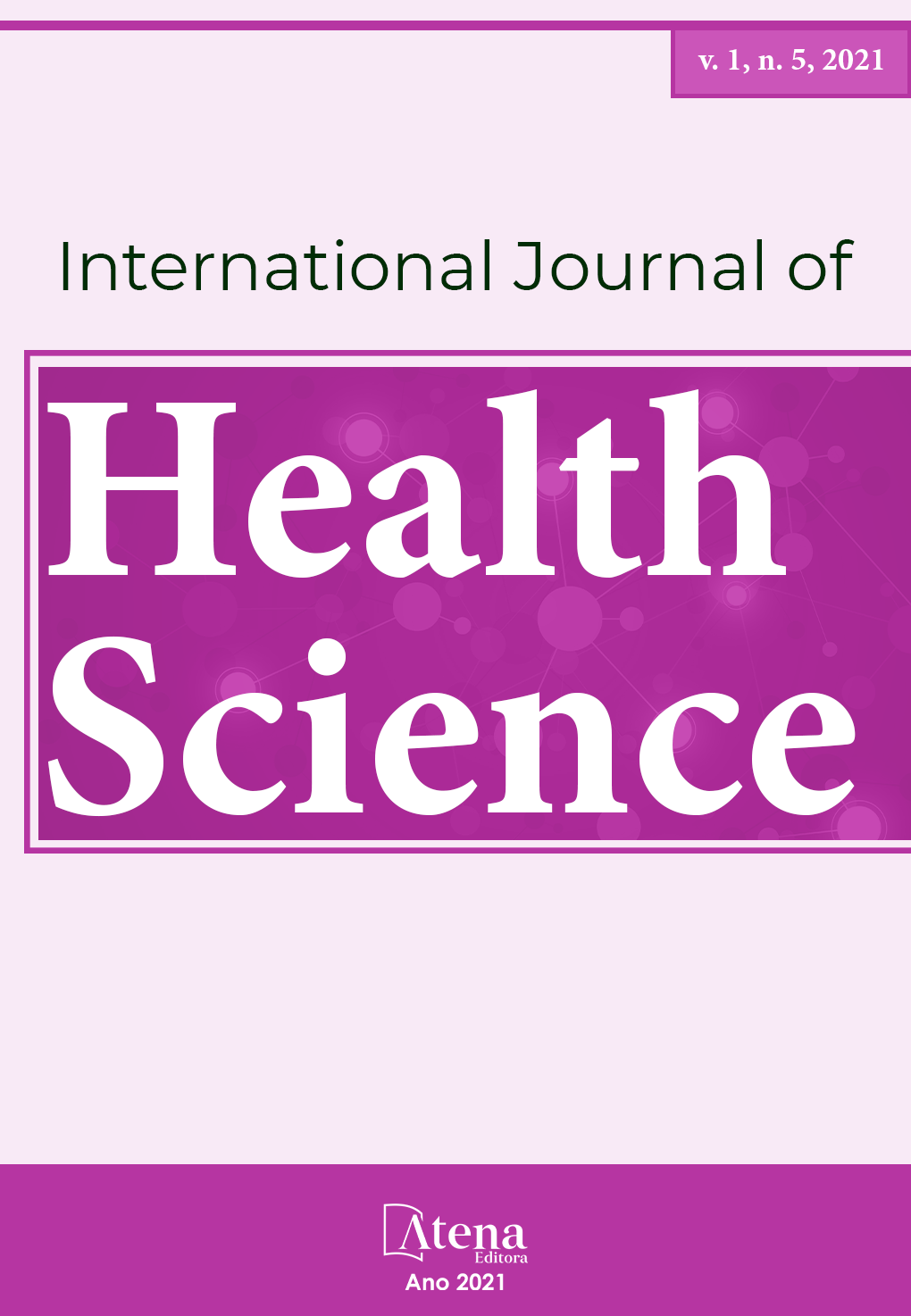
GRANULOCYTE STIMULATION FACTORS IN THE MANAGEMENT OF FEBRILE NEUTROPENIA IN ONCOLOGICAL PATIENTS
Despite advances in the development of targeted cancer therapies, chemotherapy is still the main choice in the treatment of different types of cancer, with the risk of adverse effects, such as febrile neutropenia (NF). Granulocyte-stimulating factors (G-CSF and GM-CSF) emerge as an alternative to regulate the neutrophil count in patients receiving a chemotherapy protocol associated with a high risk of NF. The aim of this work is to carry out a literature review on the use of granulocyte stimulating factors in the management of chemotherapy-induced NF. This is a literature review, using the descriptors “Granulocyte Colony-Stimulating Factor and Chemotherapy-Induced Febrile Neutropenia” in the PubMed database and Google Scholar online platform, generating 4,201 results, of which 7 works, published since 2014 were included. Filgrastim (G-CSF) works by stimulating the proliferation and differentiation of neutrophil progenitors. Furthermore, it induces the phagocytic activity of mature neutrophils and prolongs their survival in circulation. Sargramostim (GM-CSF) stimulates immature granulocytic progenitor cells in the final stage of maturation, also acting on the function of mature neutrophils. Recommended doses are 5 mcg/kg/day for G-CSF and 250 mcg/m2/day for GM-CSF, given subcutaneously. The prophylactic use of filgrastim is indicated from the first treatment cycle for protocols with a high risk of NF (>20%). G-CSF and GM-CSF represent an important tool in the management of chemotherapy-induced NF, which can be used prophylactically in high-risk protocols.
GRANULOCYTE STIMULATION FACTORS IN THE MANAGEMENT OF FEBRILE NEUTROPENIA IN ONCOLOGICAL PATIENTS
-
DOI: 10.22533/at.ed.1592116119
-
Palavras-chave: Oncology; Filgrastim; Sagramostim; Chemotherapy.
-
Keywords: Oncology; Filgrastim; Sargramostim; Chemotherapy.
-
Abstract:
Despite advances in the development of targeted cancer therapies, chemotherapy is still the main choice in the treatment of different types of cancer, with the risk of adverse effects, such as febrile neutropenia (NF). Granulocyte-stimulating factors (G-CSF and GM-CSF) emerge as an alternative to regulate the neutrophil count in patients receiving a chemotherapy protocol associated with a high risk of NF. The aim of this work is to perform a literature review on the use of granulocyte-stimulating factors in the management of chemotherapy-induced NF. This is a literature review, using the descriptors "Granulocyte Colony-Stimulating Factor and Chemotherapy-Induced Febrile Neutropenia" in the PubMed database and online platform Google Scholar, generating 4,201 results, of which 7 papers were included, published from 2014. Filgrastim (G-CSF) acts by stimulating the proliferation and differentiation of neutrophil progenitors. Furthermore, it induces the phagocytic activity of mature neutrophils and prolongs their survival in circulation. Sargramostim (GM-CSF) stimulates immature granulocytic progenitor cells in the final stage of maturation, also acting on the function of mature neutrophils. The recommended doses are 5 mcg/kg/day for G-CSF and 250 mcg/m2/day for GM-CSF, by the subcutaneous route. The prophylactic use of filgrastim is indicated from the first treatment cycle for protocols with a high risk of NF (>20%). G-CSF and GM-CSF represent an important tool in the management of chemotherapy-induced NF, which can be used prophylactically in high-risk protocols.
-
Número de páginas: 8
- Horacinna Maria Cavalcante Andrade
- Ana Carolina Baptista Araujo


